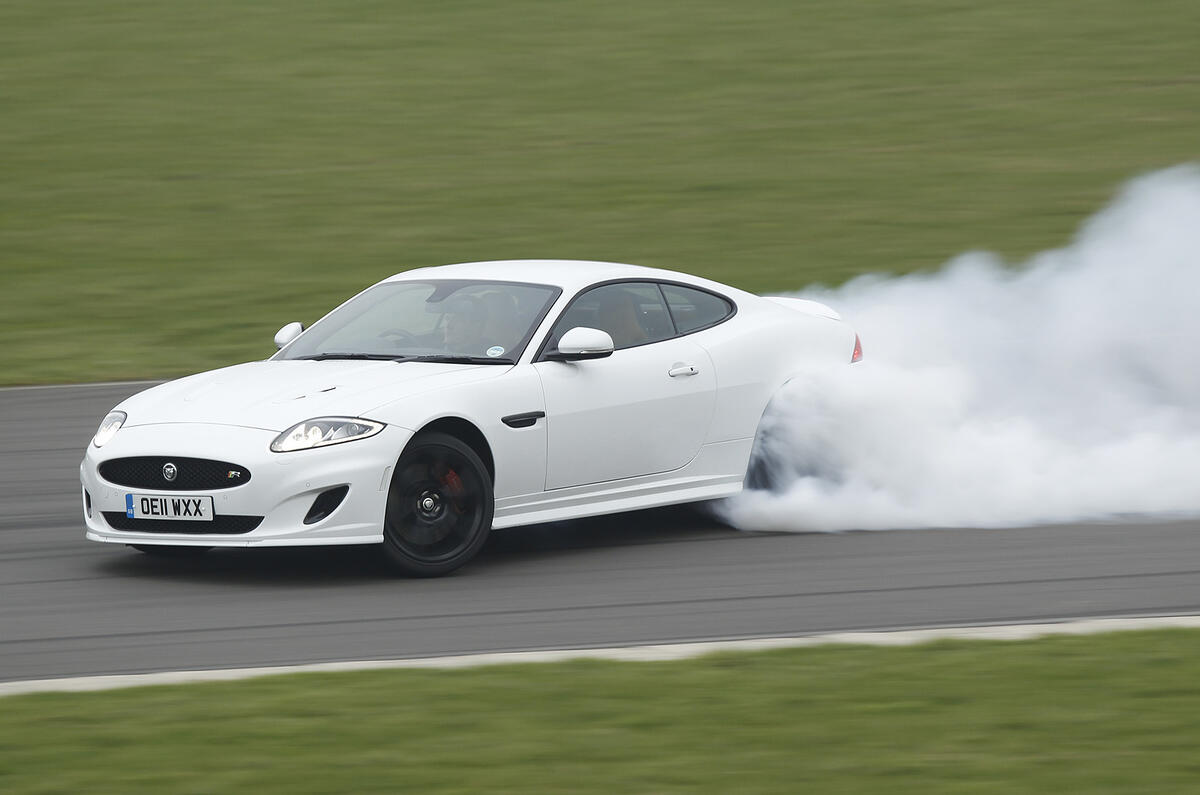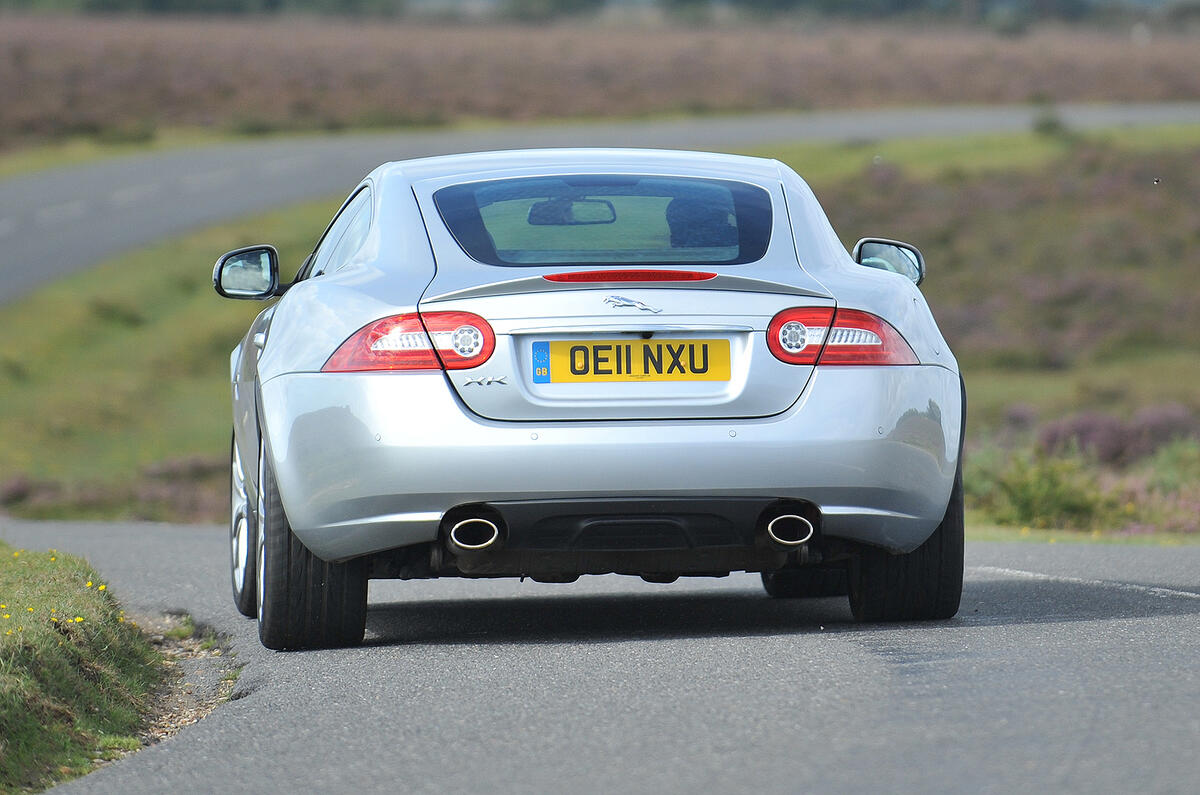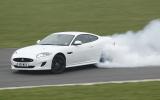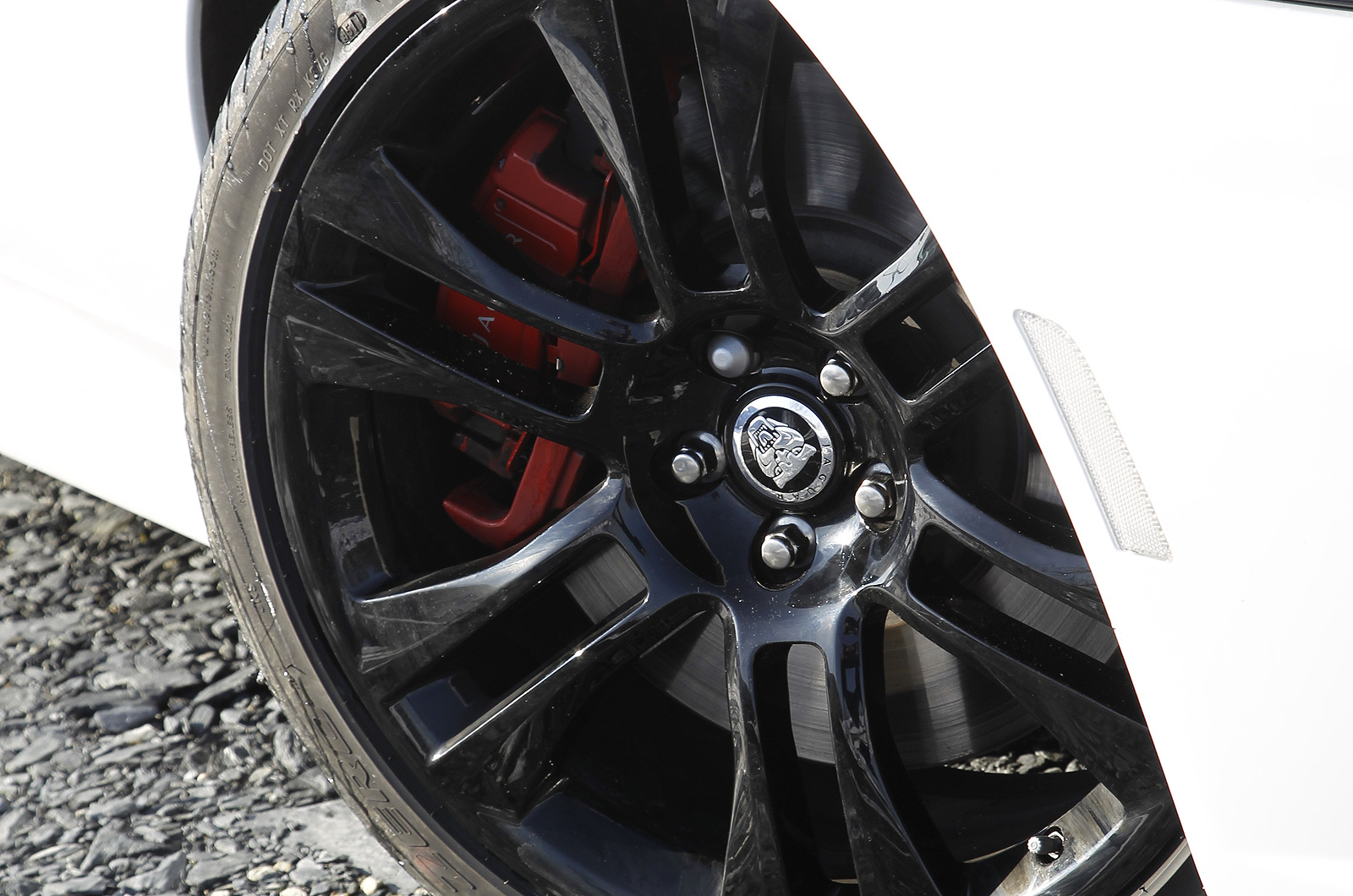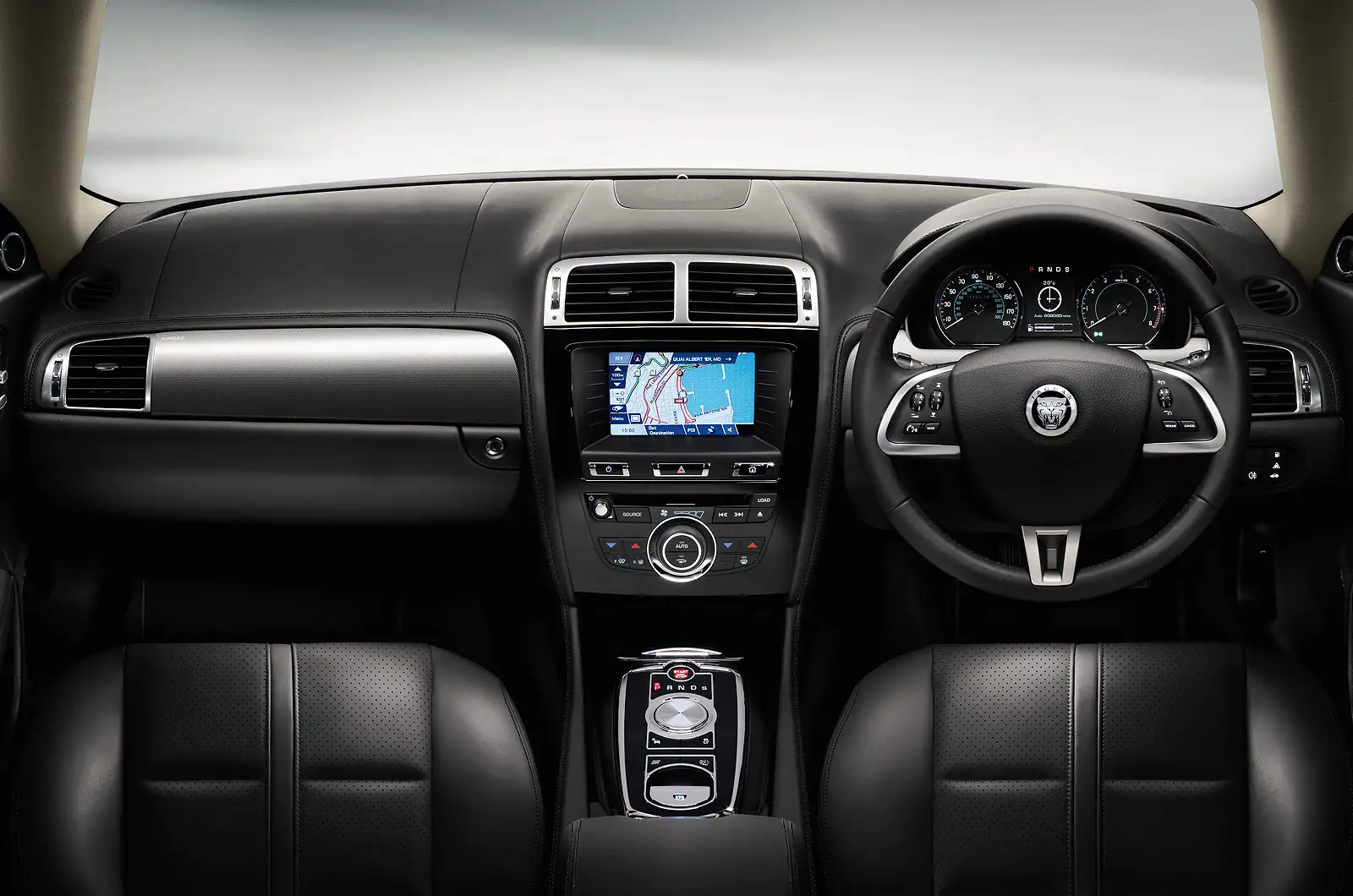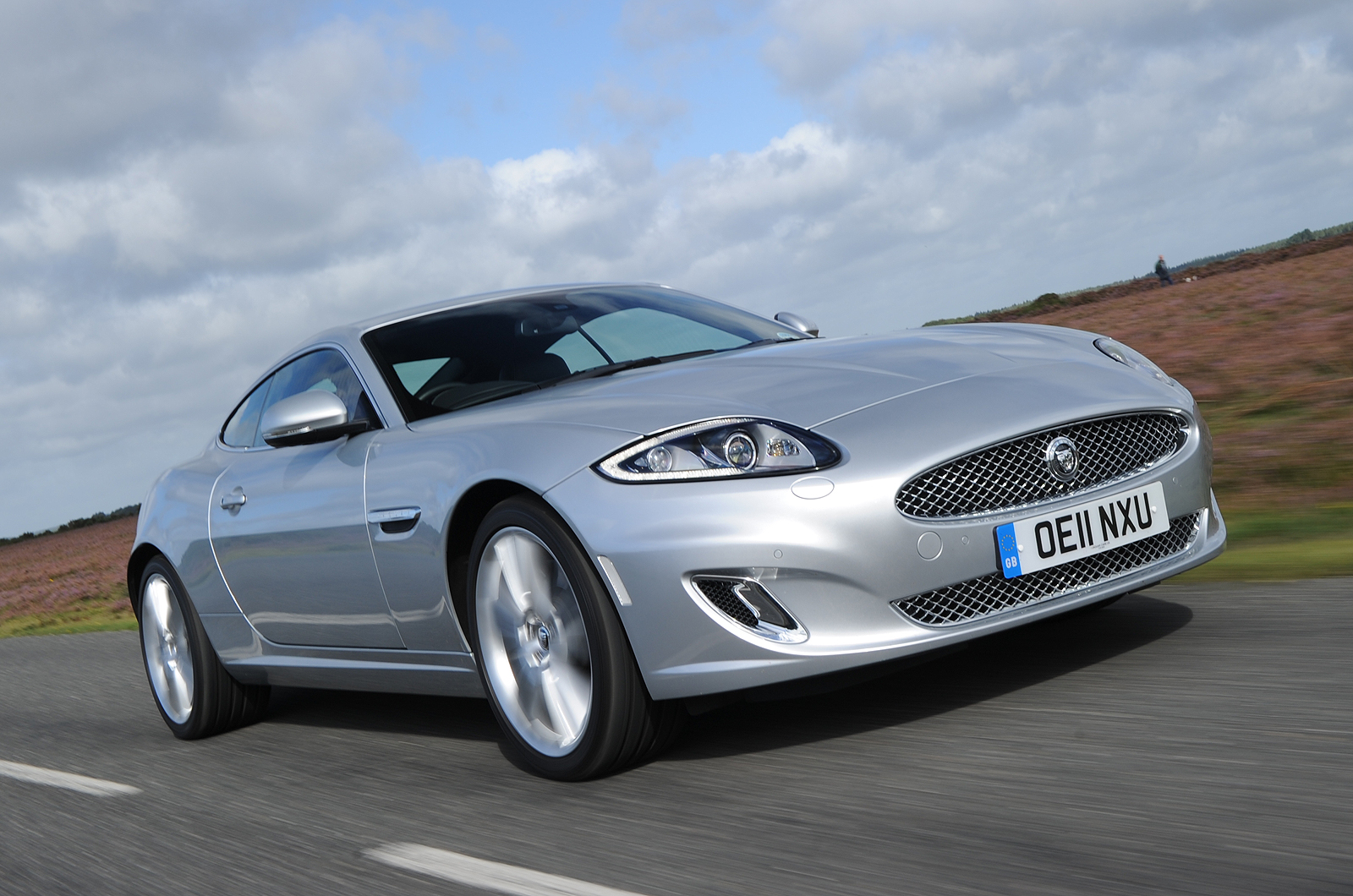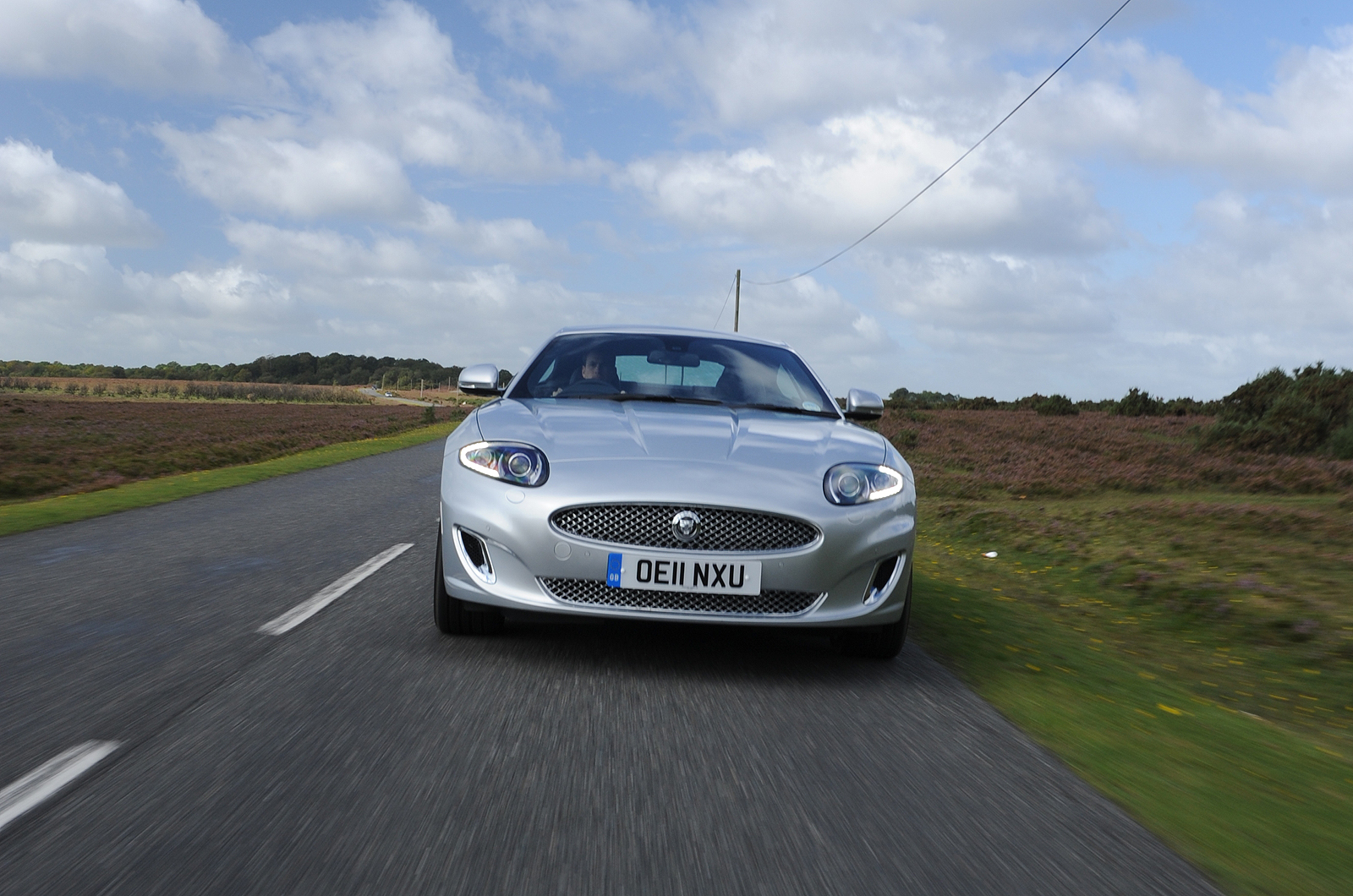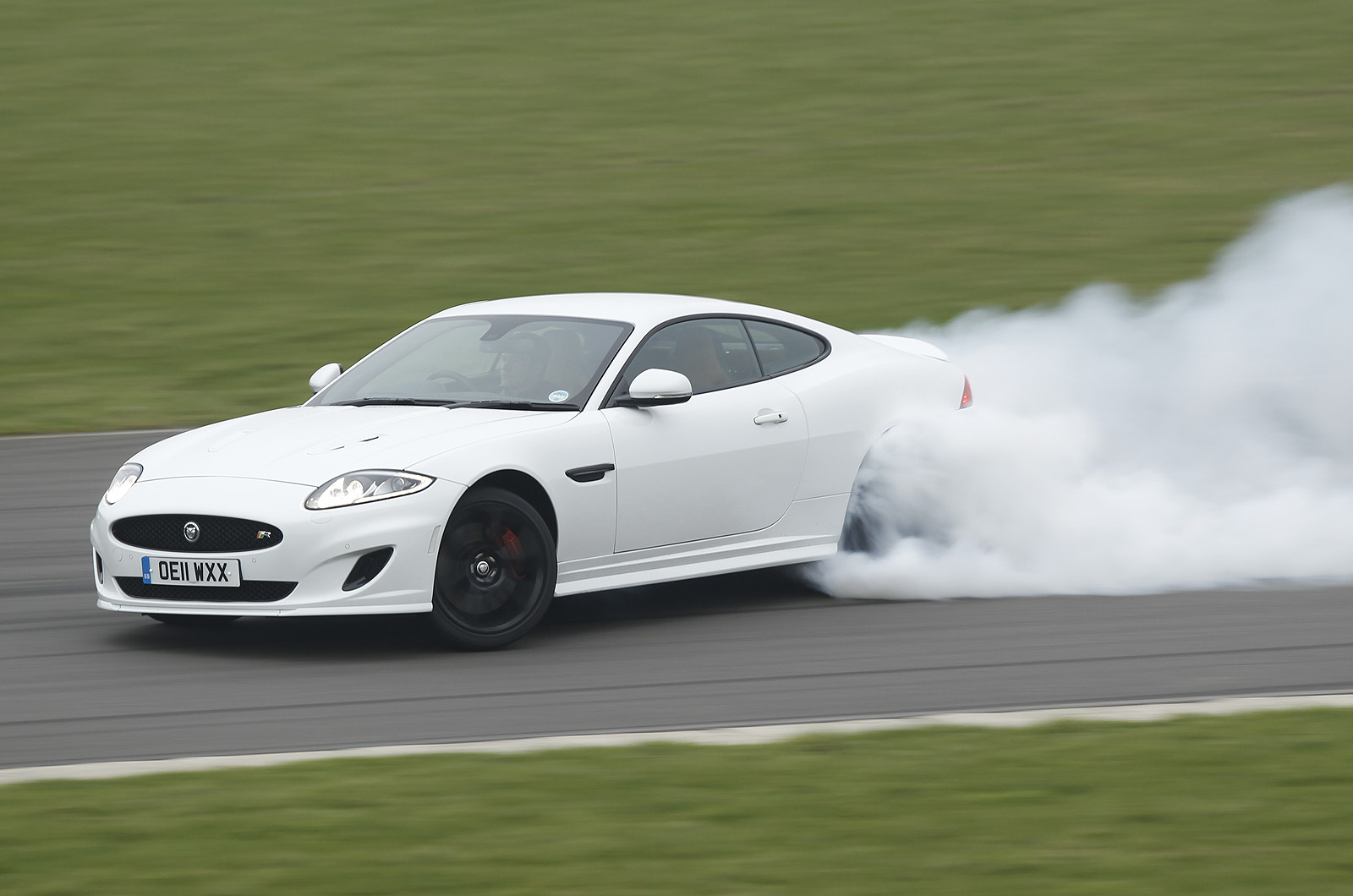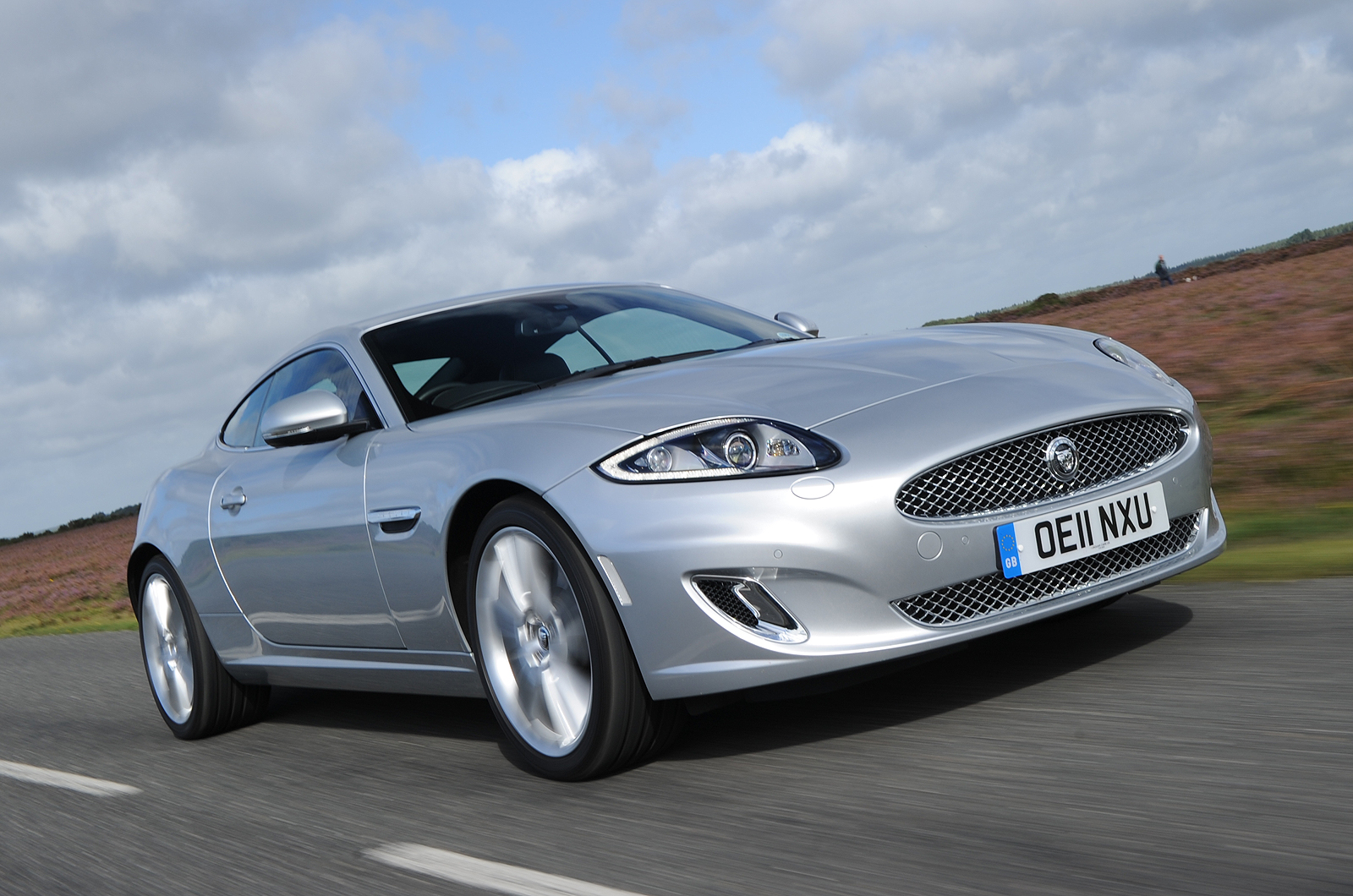For Jaguar enthusiasts, the pairing of the letters ‘X’ and ‘K’ has long heralded excitement.
Although the mainstay of the British sporting marque’s business is rooted in saloons, it's sports cars and coupés that have put Jags on people’s most-wanted lists for decades.
And today is no different: the XK remains one of the most beautiful, desirable and dynamically impressive sports coupes available anywhere in the world.
More than 65 years ago, Jaguar redefined sports cars with the 1948 XK, clothing a big engine and big performance in bodywork that was svelte to the point of sensuality.
The firm has been offering much the same XK formula ever since, if with the occasional change of emphasis. The original XK was succeeded by the legendary E-type, known as the XKE in America.
Jaguar’s most famous car, it was a sensational looker and a monolithic landmark in the development of the sports car - the first production car that Autocar ever tested to exceed 150mph.
Gradually, through the XJS and XK8, the XK concept has evolved away from being an out-and-out sports car and more towards being a refined grand tourer. The XK now has to fill dual roles as a cosseting grand tourer at one end of the model range, and a full-blown hardcore sports car on the other – that role admirably taken by the unhinged XKR-S model, the most powerful car in the company’s long history.


